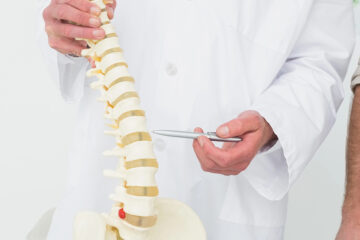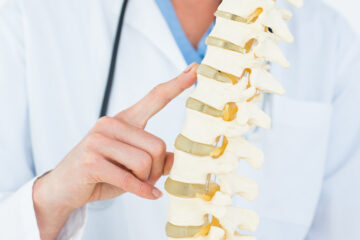Back Pain


Back Pain
Back pain is a common ailment that affects millions of people worldwide. It can range from a mild, occasional ache to severe, chronic pain that interferes with daily life. Understanding the causes, treatment options, and preventive measures can help you manage back pain effectively and improve your quality of life. This blog explores the various aspects of back pain, providing insights into how to deal with this pervasive issue.
Causes of Back Pain
-
Muscle or Ligament Strain
Description: Overuse, improper lifting, or sudden awkward movements can cause muscle or ligament strains. Repeated heavy lifting or a sudden awkward movement can strain back muscles and spinal ligaments.
Symptoms: Pain that is localized, often with muscle spasms and stiffness.
-
Herniated or Bulging Discs
Description: The discs in your spine act as cushions. When these discs bulge or rupture, they can press on nerves, causing pain.
Symptoms: Pain radiating down the legs (sciatica), numbness, or tingling.
-
Arthritis
Description: Osteoarthritis can affect the lower back, leading to joint pain and stiffness. In some cases, arthritis in the spine can lead to a narrowing of the space around the spinal cord (spinal stenosis).
Symptoms: Pain, stiffness, reduced range of motion.
-
Skeletal Irregularities
Description: Conditions such as scoliosis (a curvature of the spine) can lead to back pain.
Symptoms: Pain, uneven shoulders or hips.
-
Osteoporosis
Description: A condition where bones become brittle and porous, making them prone to fractures.
Symptoms: Sudden, severe pain from a vertebral fracture, gradual onset of back pain.
-
Injuries and Accidents
Description: Traumatic injuries from falls, car accidents, or sports activities can cause back pain.
Symptoms: Immediate pain, swelling, bruising.
Treatment Options
-
Medications
Over-the-Counter Pain Relievers: Ibuprofen, acetaminophen, and naproxen can help alleviate mild to moderate pain.
Prescription Medications: Muscle relaxants, narcotics, or antidepressants may be prescribed for severe pain.
-
Physical Therapy
Description: A physical therapist can design a tailored exercise program to strengthen the back muscles, improve flexibility, and enhance posture.
Benefits: Reduces pain, improves mobility, prevents future injuries.
-
Chiropractic Care
Description: Chiropractors use spinal manipulation and other techniques to alleviate pain.
Benefits: Can provide relief for certain types of back pain, especially those related to muscle or joint issues.
-
Injections
Description: Corticosteroid injections can help reduce inflammation and pain.
Benefits: Provides temporary relief, particularly useful for nerve-related pain.
-
Surgery
Description: Considered a last resort, surgery may be necessary for conditions like herniated discs, spinal stenosis, or severe injuries.
Benefits: Can provide long-term relief when other treatments fail.
Preventive Measures
-
Maintain a Healthy Weight
Why: Excess weight puts additional stress on the spine.
How: Eat a balanced diet, exercise regularly.
-
Exercise Regularly
Why: Strengthens muscles, improves flexibility, and enhances spinal support.
How: Engage in activities like walking, swimming, yoga, or strength training.
-
Practice Good Posture
Why: Poor posture can strain back muscles and the spine.
How: Sit and stand with a straight back, shoulders back, and feet flat on the floor.
-
Lift Properly
Why: Improper lifting techniques can cause muscle strain or injury.
How: Bend your knees, keep the object close to your body, lift with your legs, not your back.
-
Use Ergonomic Furniture
Why: Properly designed furniture supports the spine and reduces strain.
How: Choose chairs with good lumbar support, use a standing desk if possible.
When to See a Doctor
- Severe or worsening pain that does not improve with rest.
- Pain after a fall or injury.
- Pain accompanied by unexplained weight loss, fever, or chills.
- Numbness, tingling, or weakness in the legs.
- Loss of bladder or bowel control.
Back pain is a common but manageable condition. Understanding the causes, exploring various treatment options, and taking preventive measures can help you effectively manage back pain and improve your quality of life. If you experience persistent or severe back pain, consult a healthcare provider to determine the underlying cause and appropriate treatment. By taking proactive steps, you can reduce the impact of back pain on your daily activities and enjoy a healthier, more active lifestyle.



